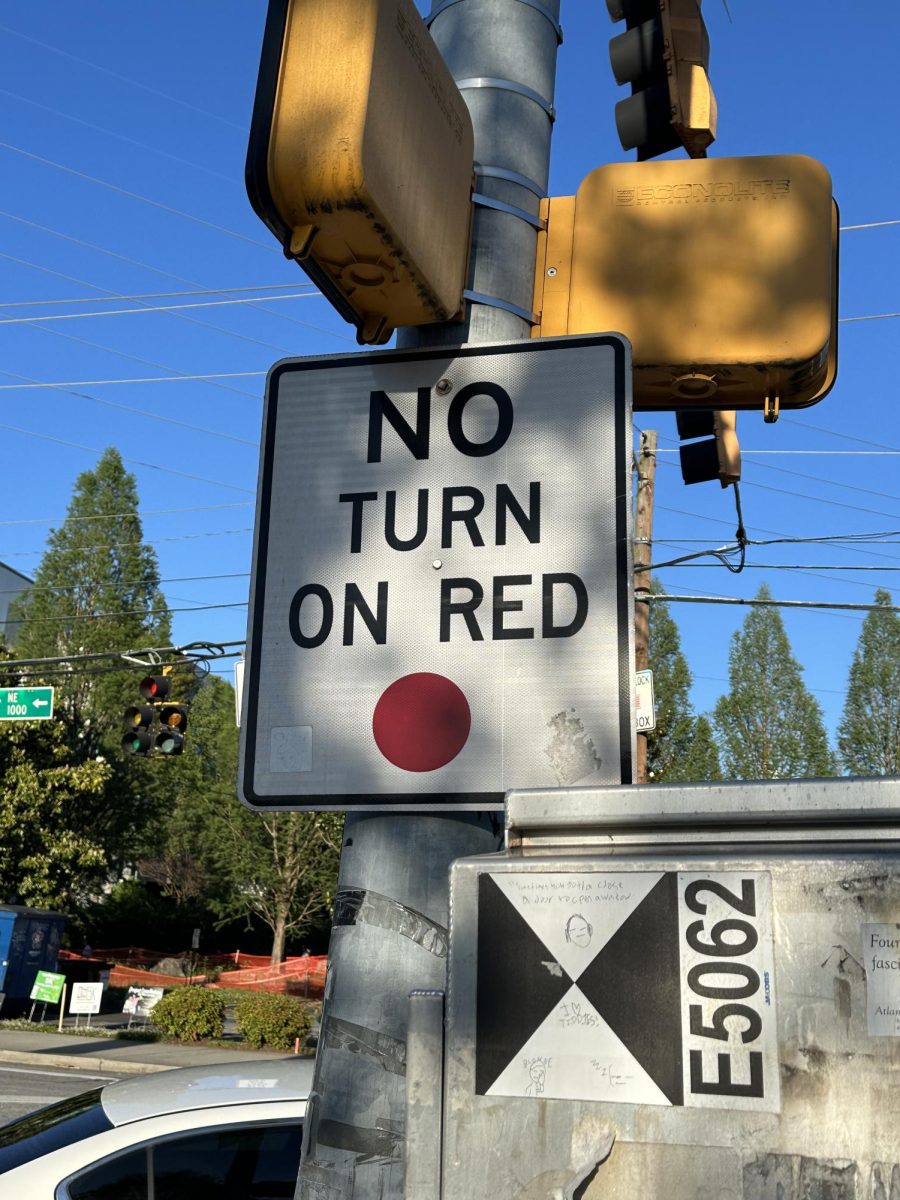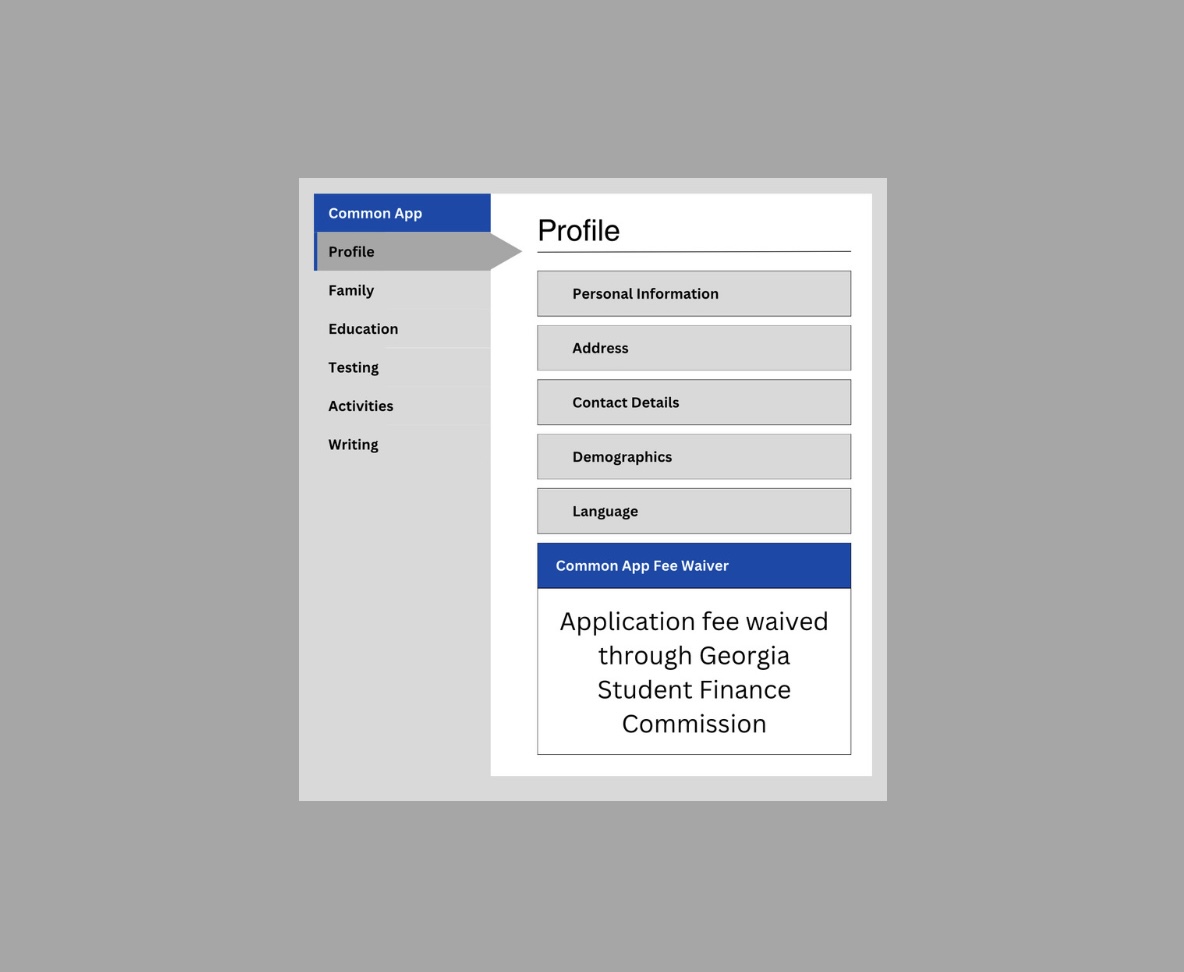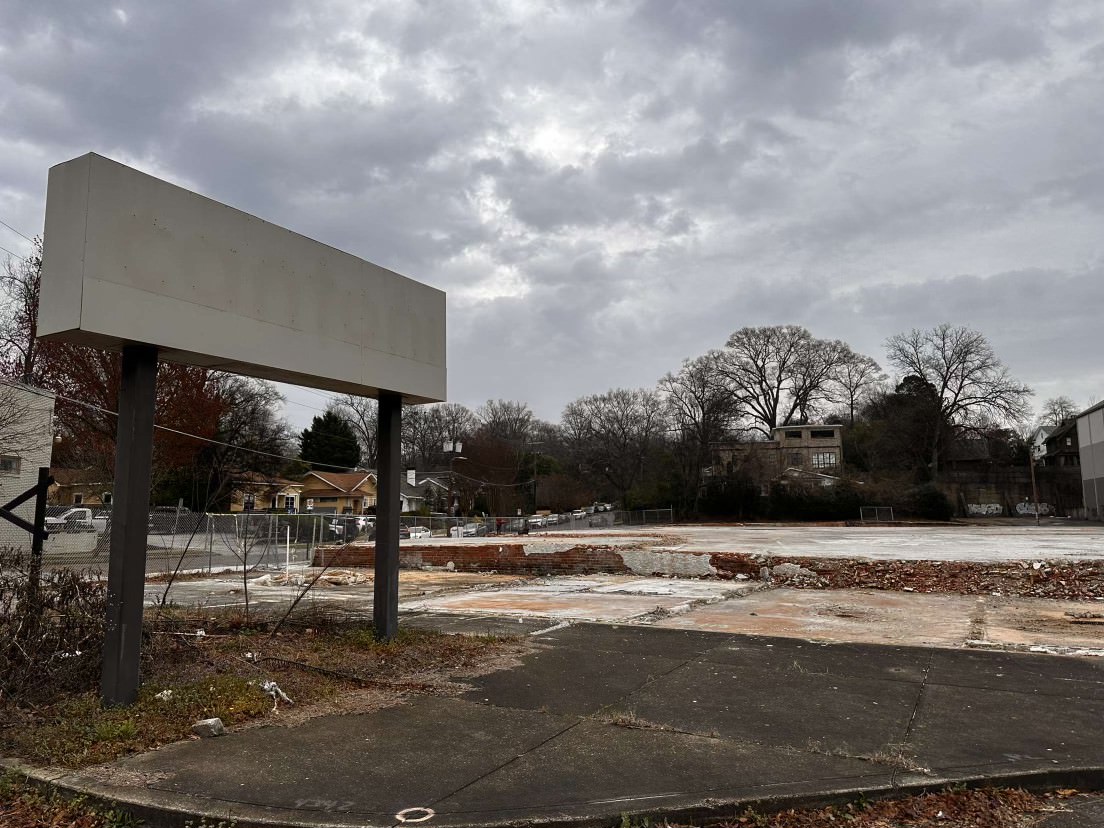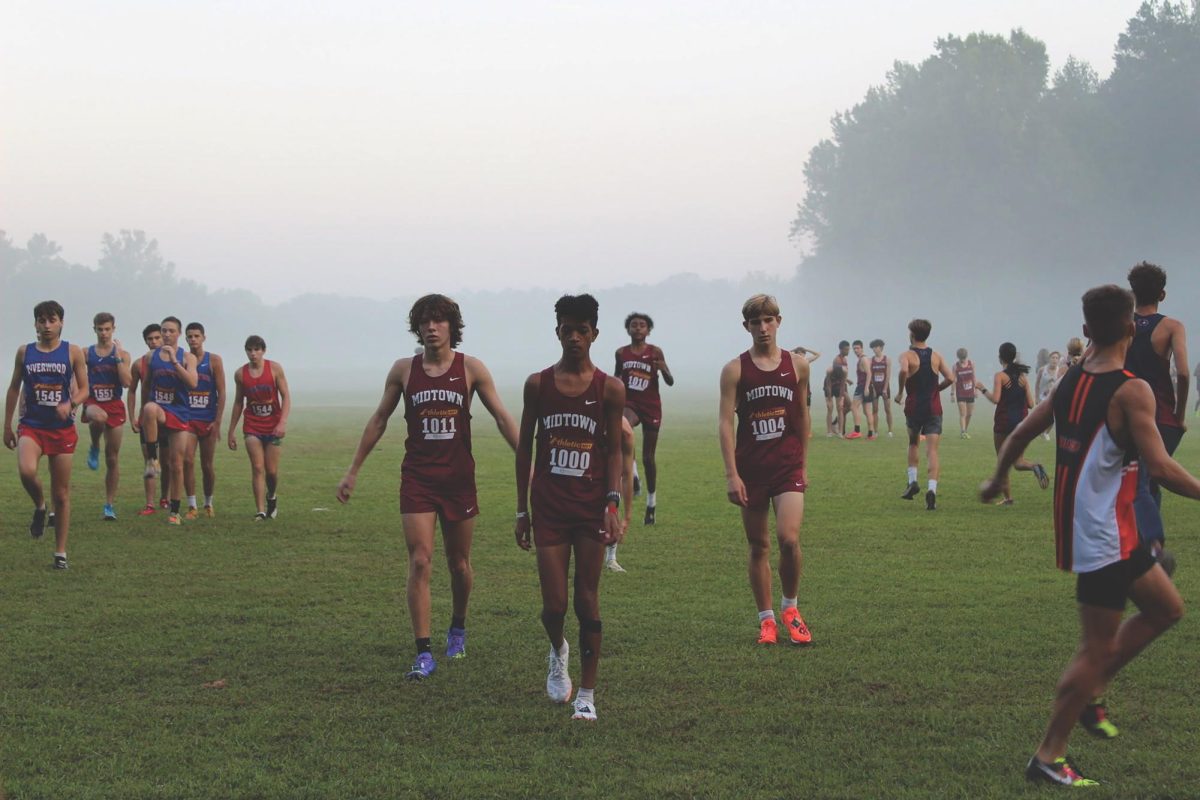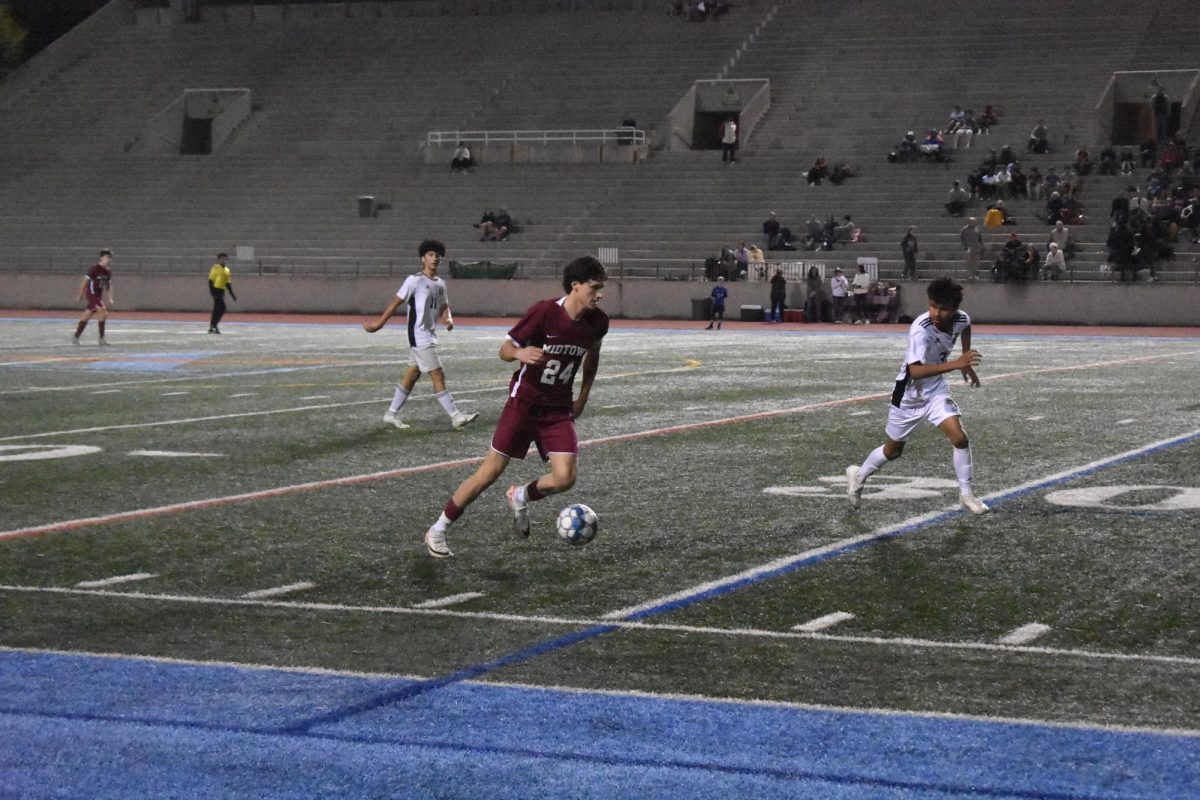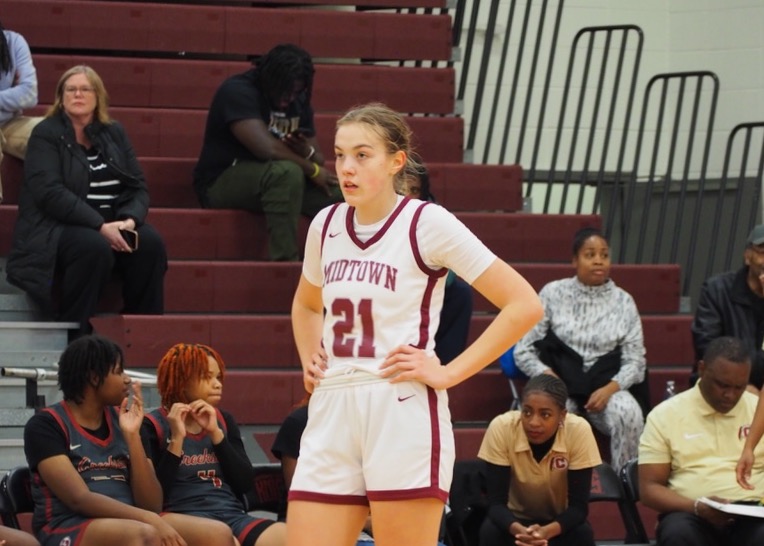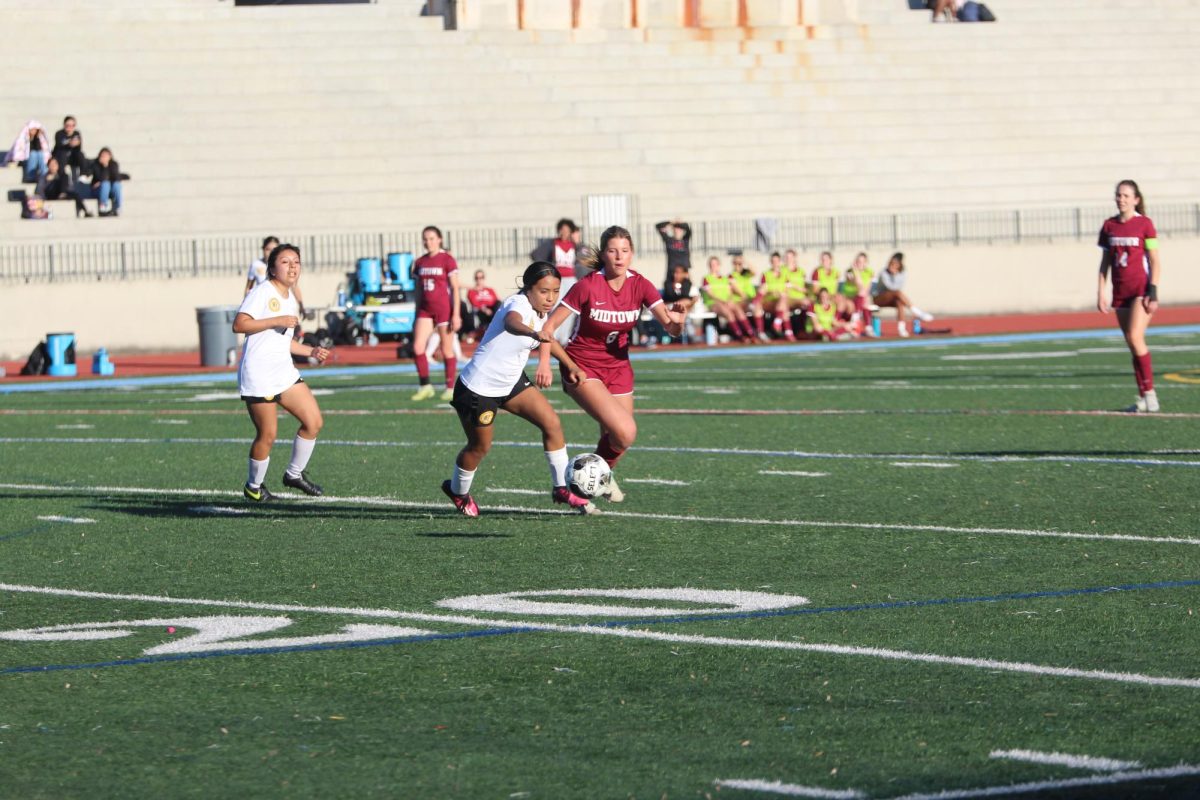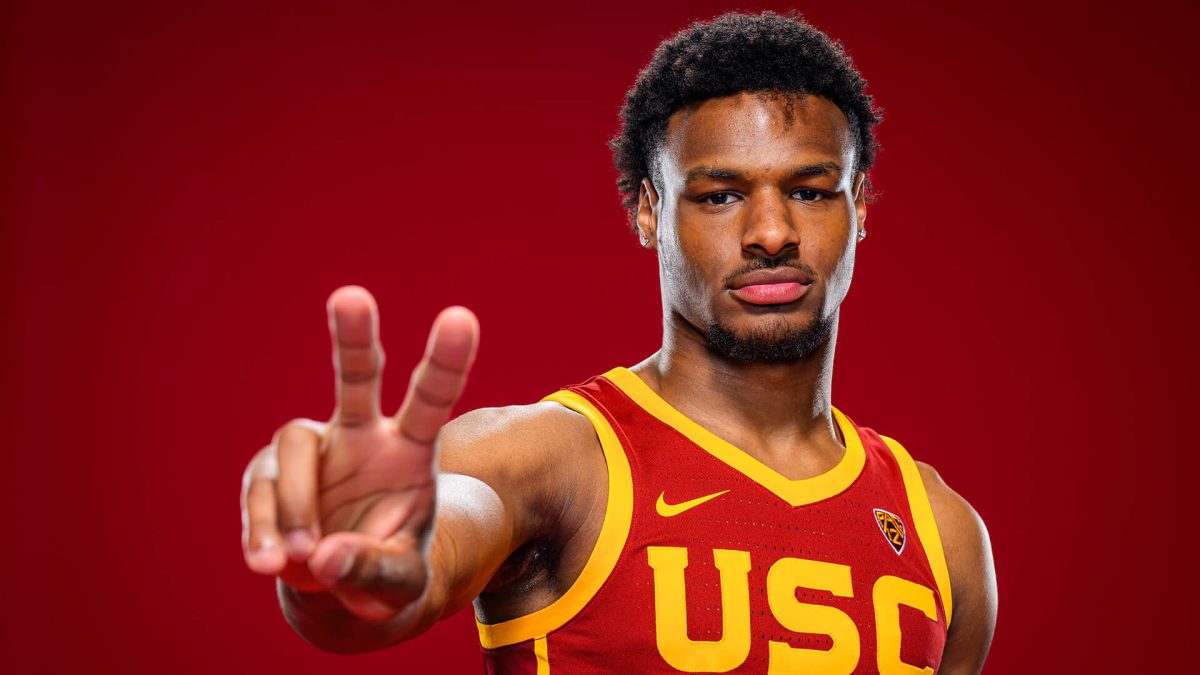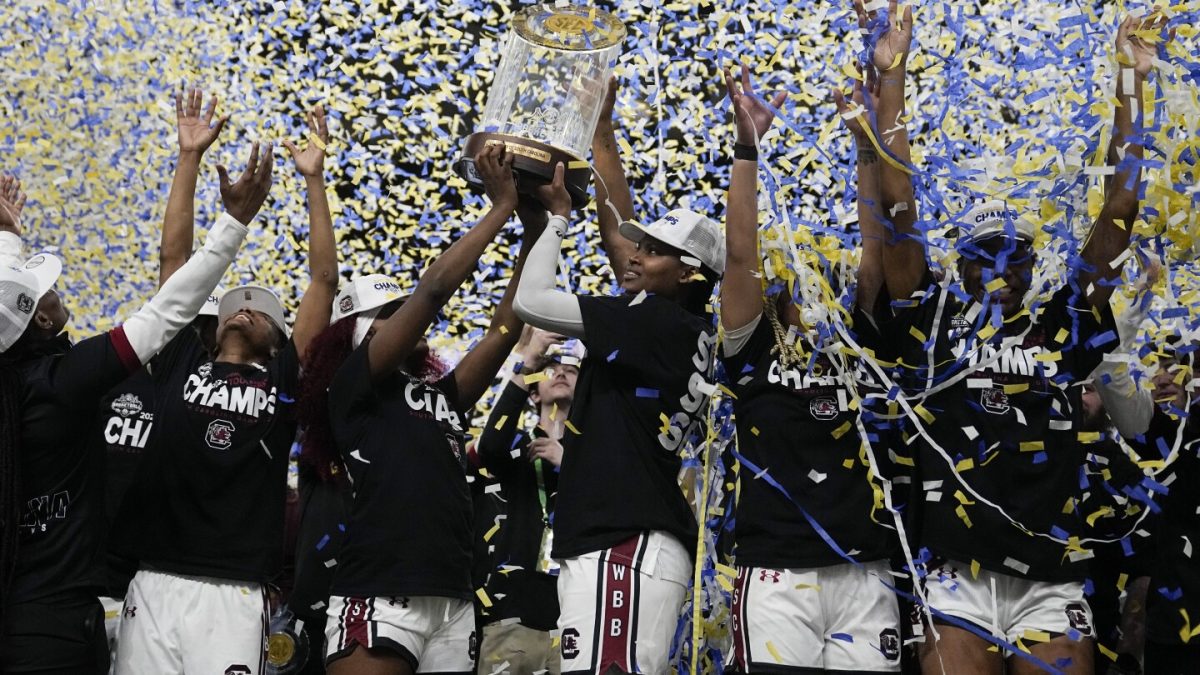
When I was younger, I believed athletes needed to “play through the pain.” That all changed on a scalding hot spring day in 2010.
During a Grady soccer game in the spring of my sophomore year, I came out to collect a ball and was kicked in the head by the opposing forward. I blacked out and awoke to two of my teammates and the referee standing over me, prompting me to ask, “Where am I?”
As I came off the field, I heard my coach say, “Phillip, you got to shake this off. We need you.”
Luckily, the other team had a trainer present who made sure I wasn’t forced back into the game by my coach. Sadly, my experience is all too common for many athletes all over the country.
Every season, about 10 percent of athletes participating in contact sports suffer a concussion. Most people, however, including coaches and athletes, still don’t know anything about concussions. That’s not just sad—it’s dangerous.
Concussions increase a person’s chances of long-term memory loss, permanent brain damage, mental disorders, depression, emotional disturbances, drug abuse and much, much more.
A concussion isn’t a broken bone or a twisted ankle. You can’t just “shake it off” and keep playing.
Athletes might start playing again too soon due to ignorance. Too many athletes know next to nothing about concussions.
Many Grady students can’t even identify basic concussion symptoms.
After a survey of 147 Grady students 60 percent said they wouldn’t have know they had a concussion if they received a blow to the head that didn’t know them out but left them tired and with little energy.
It’s a common misconception, but it’s not the only one. More than 60 percent of the students surveyed wouldn’t have known they had a concussion if they received a blow to the head that didn’t knock them out but left them tired, and/or with little energy.
Ignorance, however, is only part of the problem. Our national sports culture creates a warrior mentality that encourages athletes to play hurt. With most injuries, playing while hurt does not cause much or any long-term damage.
This is certainly not true for concussions.
Coaches also have a role and responsibility in determining whether an athlete can continue. This is especially true at Grady, where only football has on-site trainers during games .In sports like soccer, injured athletes are left to diagnose their own injuries. What would have happened if there hadn’t been a trainer on site when I suffered a concussion? Would my coach have forced me to keep playing?
That’s why all youth sports leagues across the country should have an on-site trainer
Many coaches, like athletes, can’t recognize concussions. In a study published in 2007 in Pubmed, 156 youth coaches got more than six questions wrong on average on a 16-question concussion-symptoms survey. Many times, these coaches are the only ones determining whether a kid should keep playing.
Something has to be done to prepare coaches to better handle this responsibility. Thankfully, about 20 states, are protecting their athletes from concussions. Unfortunately, Georgia isn’t.
Alabama and Louisiana have passed laws that require coaches to complete an education course on concussions every year. Athletes and their parents must sign a concussion information sheet before every season in order to play.
It shouldn’t stop at information sheets though.
Instead of just giving out information sheets, youth leagues in all 50 states should be required to hold concussion clinics where medical experts can inform young athletes about concussions and the dangers of playing while concussed.
Returning to the field before your brain is fully healed isn’t playing through the pain. It’s just plain dumb.


